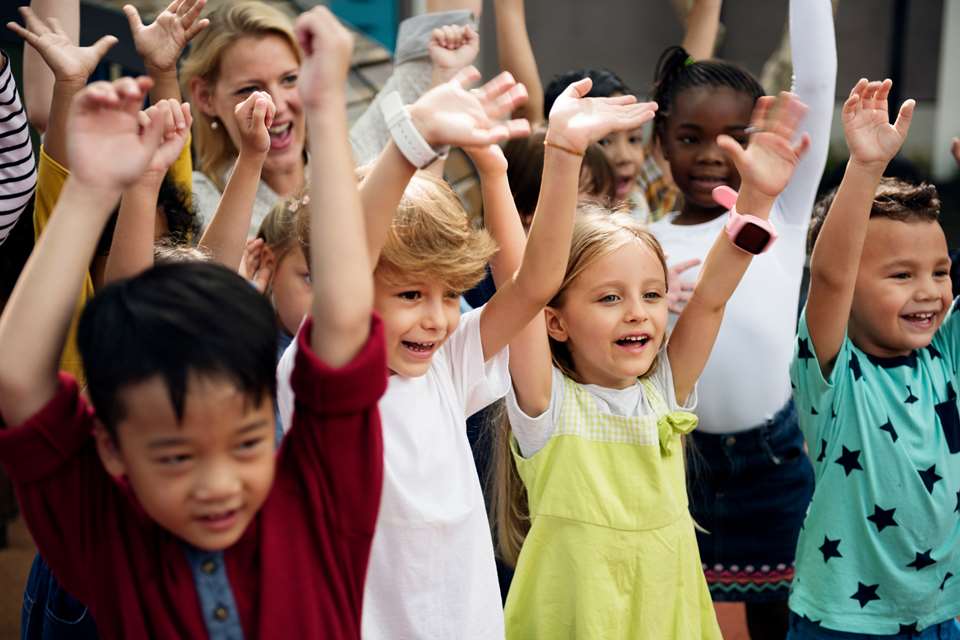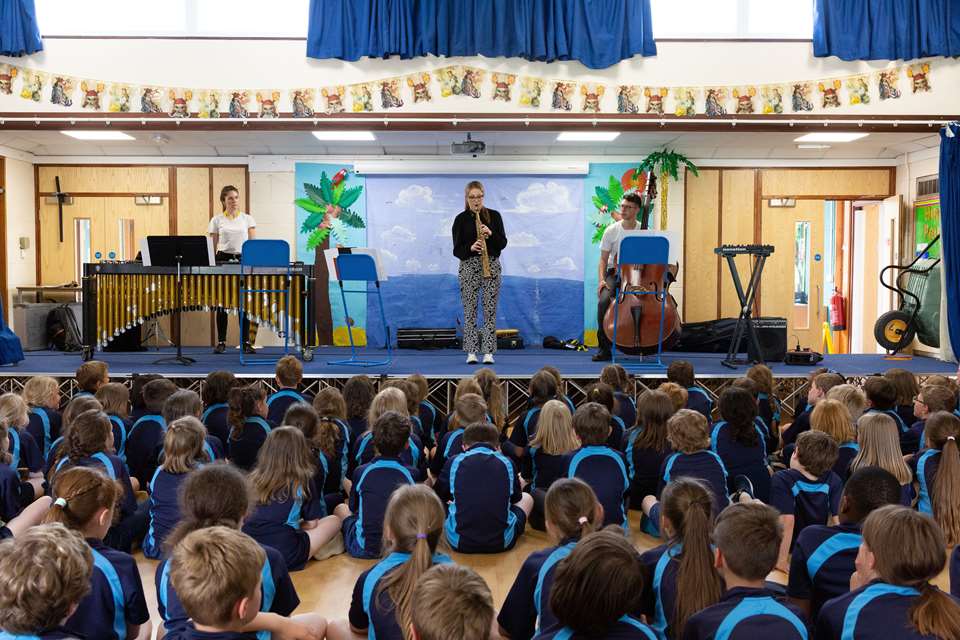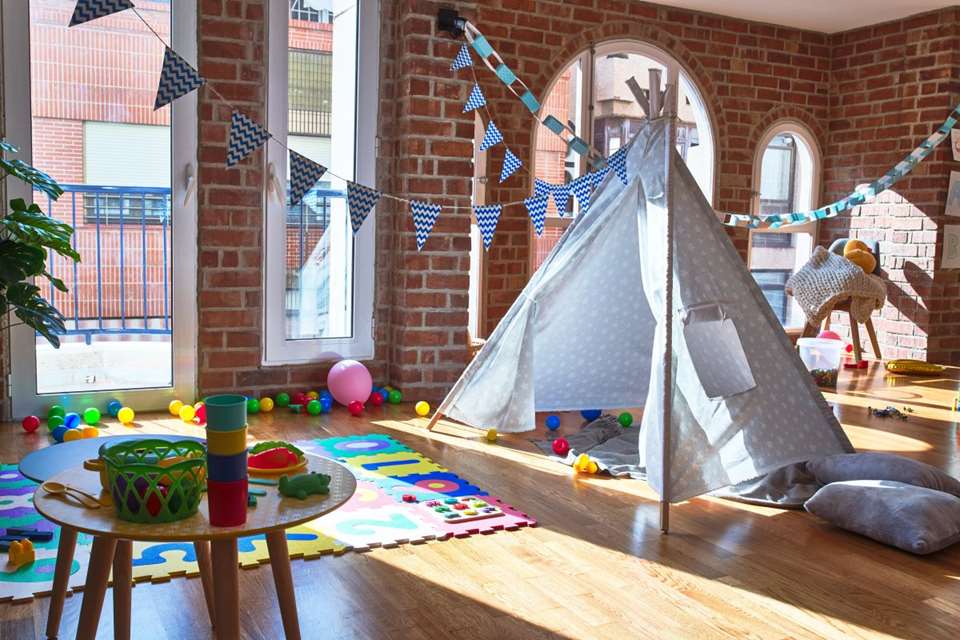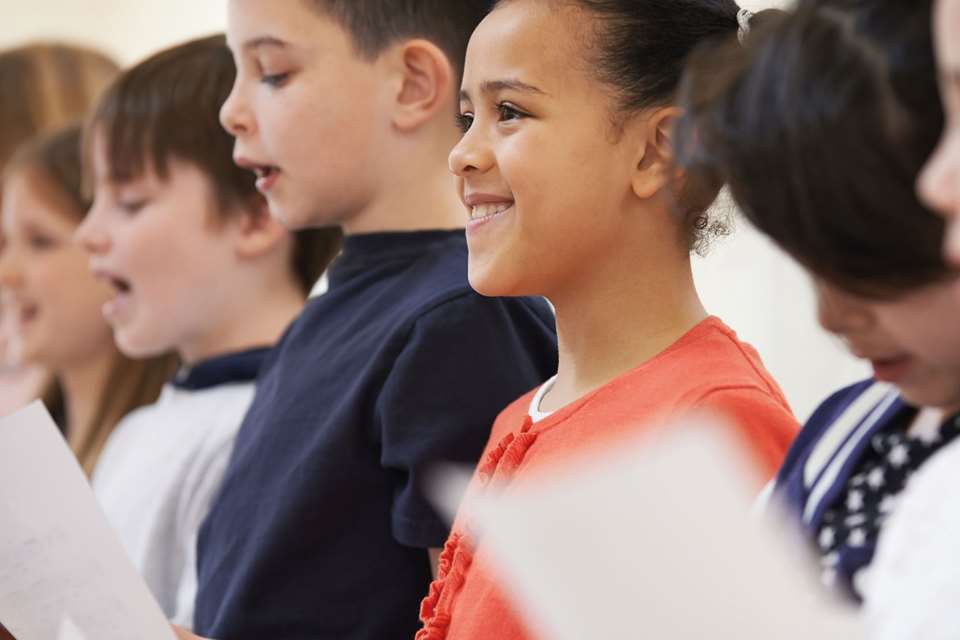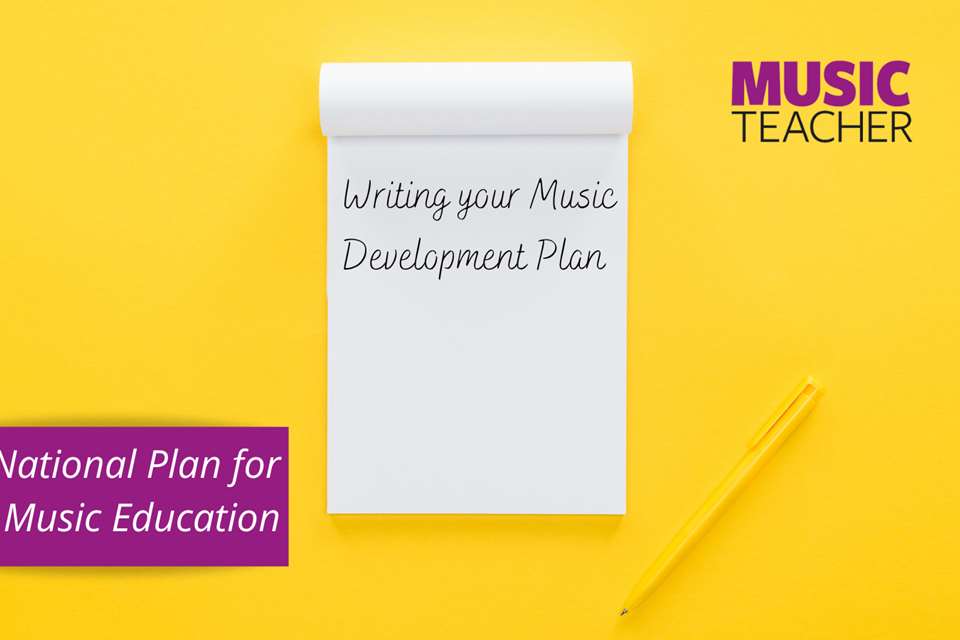Global song repertoire for the primary classroom
Dr. Anne Barry
Thursday, January 18, 2024
Songs from around the world can enrich any primary school classroom, writes Dr. Anne Barry, who has picked out her favourite print and online resources for teachers to explore.
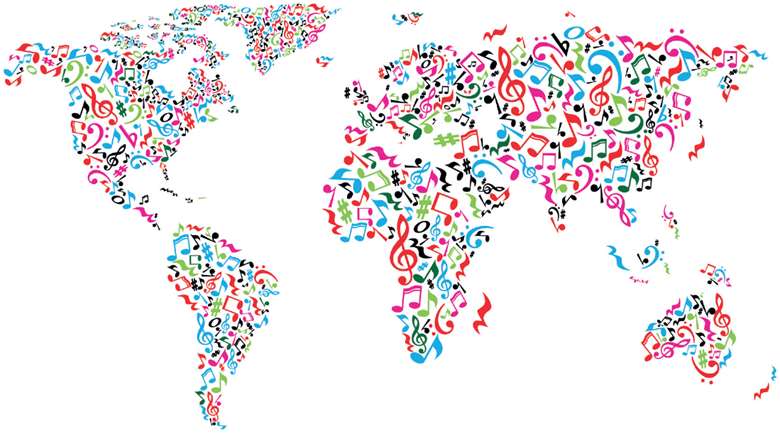
Adobe Stock / Inspiring Team
As both a primary and secondary music teacher in Ireland for some 20 years, and now a college professor in Illinois, USA, a number of differences stand out between music education back home and here in the United States. Most striking is that the vast majority of schools in America have specialist music teachers. While that is the case at the secondary level in the United Kingdom and Ireland, the responsibility for music education at the primary level, as we know, usually belongs to the classroom teacher.
I have found primary school teachers to be some of the most committed and talented educators I have encountered. Some have an understandable fear around teaching a subject that is, for many, not where they believe their strengths lie, and yet, with helpful, ready-to-go and easy-to-access resources, I know they can indeed be successful.
In sharing songs for children from Ireland with my American colleagues, I have always been heartened by the interest in them and the stories behind them. Moreover, the teachers who wish to teach these songs in their own classrooms have been remarkably invested in honouring the repertoire and ensuring that they could lead their students to perform them in ways that were respectful and authentic. American specialist teachers can and do invest time in researching and preparing this repertoire, and in light of this interest to truly understand and respectfully teach songs from overseas, many educators from the US have emerged as curators of non-American folk music. Their collections provide scores, texts, translations and pronunciations; they provide cultural, social and historical context; and they also share culturally appropriate suggestions for performance.
Print resources
Renowned for her great work in world music pedagogy for many years now, Dr. Patricia Shehan Campbell, professor emeritus at the University of Washington School of Music, has published many books on this topic. Most pertinent to classroom use is her work as author-editor of Oxford University Press’s Global Music Series, The Oxford Handbook of Children’s Musical Cultures, and the Routledge series of World Music Pedagogy (seven volumes from early childhood to higher-level education). In this series, Shehan Campbell and her fellow authors focus on performing, creating and integrating world music into our classrooms.
Dr. Mary Goetze, professor emeritus of music at Indiana University, and composer and arranger of songs and choral music for young voices, has also been a leading advocate for global music pedagogy. Her Global Voices in Song series shares recordings that bring native artist performances into the classroom; they provide cultural context, and students can hear accurate pronunciation of non-English language songs and see movement and/or instruments that may be used in performance. The series includes action songs, singing games and dance music for children in Key Stages 1, 2 and 3. The materials were gathered by Goetze, whose travels and fieldwork took her to Asia (S. Korea, Cyprus and Azerbaijan); to Central and Latin America (Mexico and Brazil); to Europe (Norway and Ireland); to Africa (S. Africa and Zimbabwe) and to Oceania (New Zealand).
Dr. Karen Howard (associate professor of music, University of St. Thomas, Minnesota) has emerged in recent years as a leading voice in world music pedagogy. Howard’s First Steps in Global Music shares children’s songs from 28 countries organised by geographical region and activity categories. She also has two subsequent publications: Dance Like a Butterfly and Harambee!. Dance Like a Butterfly (for which Howard collaborated with culture bearer Kwasi Dunyo) features music from west Africa and celebrates songs from Liberia, Ghana, Senegal and Nigeria. Harambee!, collected together with Kedmon Mapana, shares the music of Tanzania. All of these publications provide the score, text, translation and pronunciation, together with contextual and teaching considerations, and selected online resources.
Others who have published world music collections are Dr. Rachel Gibson (¡Canta Conmigo!) Patty Cuyler and Dr. Mollie Stone (Raising the Bar: Traditional South African Choral Music Volumes 1 & 2; Music from the Republic of Georgia and Bulgarian Folk Songs), and a wonderful collection of folktales and poems from around the world by Anna Wentlent entitled International Sound Stories.
Online resources
Music Play is a subscription-based primary school music teaching resource site that provides hundreds of songs, games, lesson plans and other helpful materials. Among the songs are many from around the world, and these are often paired with dances or games. There is a 14-day free trial, and you can choose a monthly or annual subscription if you wish to continue using it.
Mama Lisa’s World is a free site that celebrates ‘International Music & Culture’. Songs are categorised by continent, country, language and song-type. Scores are sometimes omitted, but text, translation, video or audio recordings by children are frequently provided, as is background to each song and cultural context for each country.
Beth’s Notes Music is also a free site with an option for a monthly or annual subscription for access to additional resources. I commend Beth for how much she offers with the free package, and among the many song categories she shares, the ‘Countries/Regions’ section contains an impressive array of songs and recordings from across the globe.
Classroom culture bearers
It’s important to remember that a resource available to us all in unique ways is the increasingly diverse make-up of our classrooms. Children and their family members who may have come to our schools and communities from elsewhere in the world, either in this or previous generations, bring with them a wealth of songs, and perhaps games and/or dances. These culture bearers are among the most authentic resources; incorporating this global music into our curriculum – providing opportunity for live performances, creating space for the emotional connections this can evoke, and building a platform for unity, understanding and respect – supports the richest possible educational and social experience we can provide for the children we teach, and they, in turn, can provide for us.


